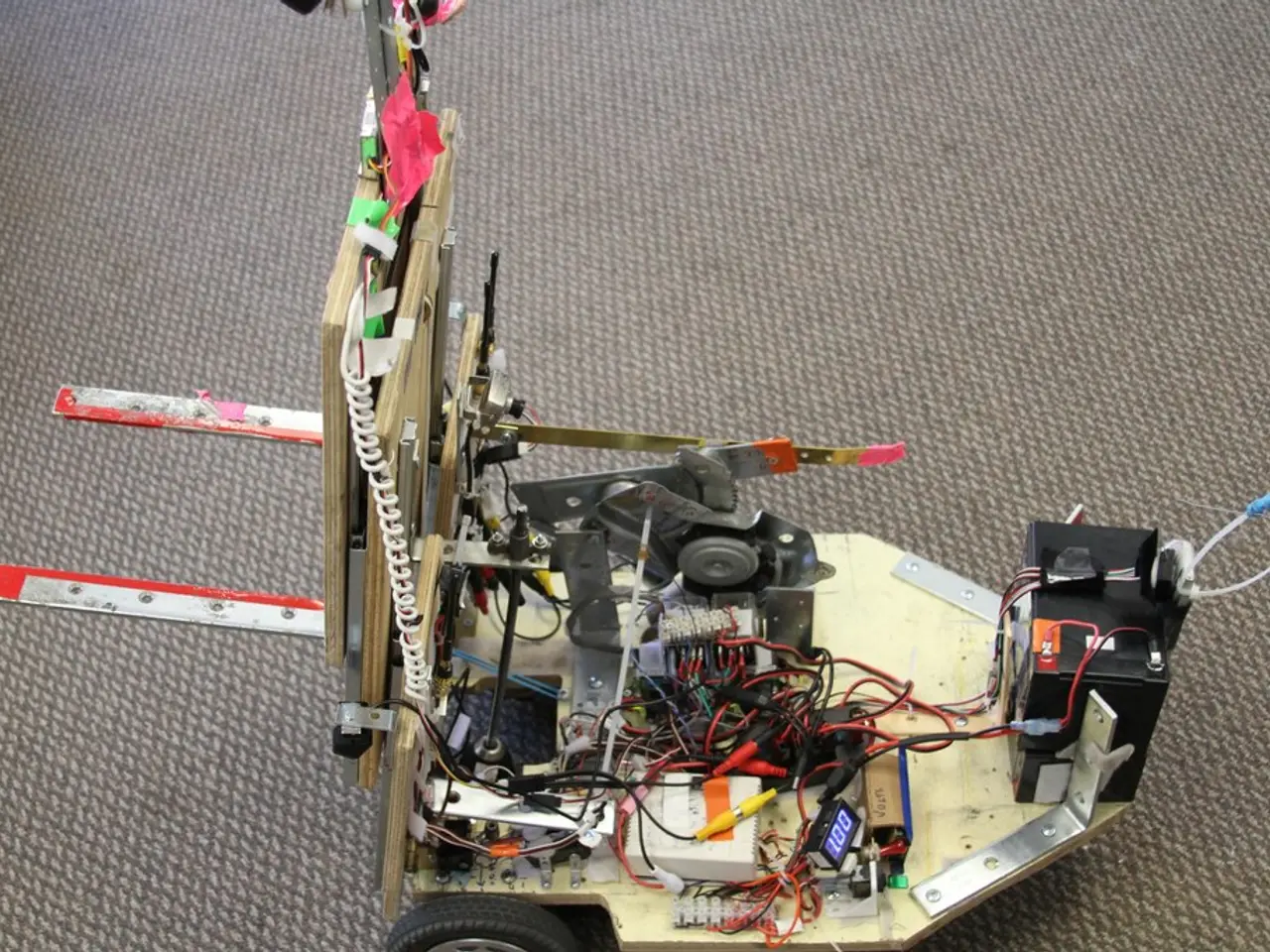Internet of Things (IoT) Infrastructure Selection: A Tech-Centric Approach for the Ideal Decision
In the rapidly evolving world of Internet of Things (IoT) technology, selecting the right platform for your business can be a daunting task. To help you make an informed decision, we've compiled a list of key factors to consider when evaluating potential IoT platforms.
## Key Factors to Consider
1. **Reliability**: Look for platforms with a proven track record, robust infrastructure, and high uptime guarantees.
2. **Modularity**: Choose platforms that allow for easy addition or removal of components to adapt to changing business needs.
3. **Interoperability**: Ensure compatibility with various systems and support for multiple communication protocols for seamless data exchange across systems.
4. **Scalability**: The platform should be able to handle growth in devices and data without compromising performance.
5. **Security**: Robust security measures, including identity-driven security and role-based access controls, are crucial for protecting your data.
6. **Connectivity**: Assess the types of connectivity options available and platforms that offer flexible connectivity methods to suit your devices and locations.
7. **Method of Connectivity**: Evaluate platforms that support various connectivity methods to accommodate different device types.
8. **Future-Proof**: Look for platforms with a strong development roadmap and continuous innovation.
9. **Market Longevity**: Choose platforms from providers with a stable market presence and financial health.
10. **Type of Service**: Align the service type with your business needs and technical capabilities.
11. **Geographic Coverage**: Ensure the platform supports operations across your required geographic regions.
12. **Data Plan**: Evaluate data storage and transmission costs, as well as data analytics capabilities.
13. **Security/Privacy**: Robust data protection measures, including encryption and access controls, are essential for data protection.
14. **Managed Integrations/API Access**: Look for platforms offering easy integration with other tools via APIs.
15. **Data Access**: Ensure easy access to data for analytics and decision-making.
16. **Domain Experts/Engineering Services/Partner Collaboration**: Choose platforms with strong support from domain experts and partners.
17. **IoT Ecosystem**: Consider the platform’s integration within the broader IoT ecosystem.
18. **IoT Roadmap**: Ensure the platform aligns with your future IoT strategy.
19. **Hardware**: Evaluate the platform’s compatibility with different hardware types.
20. **Hardware Agnosticism**: Choose platforms that can work with a variety of hardware vendors.
21. **Device Management**: Ensure the platform offers robust device management capabilities, including remote firmware updates.
22. **OTA Firmware Updates**: Look for platforms that support secure over-the-air (OTA) updates for devices.
## Evaluation Process
1. **Shortlist Potential Platforms**: Based on your initial criteria, narrow down potential platforms. 2. **Request Demos**: Ask for demos or trials to experience the platform firsthand. 3. **Evaluate Case Studies**: Review case studies and success stories from similar businesses. 4. **Consult with Domain Experts**: Engage with experts who have experience with IoT platforms. 5. **Assess Support and Resources**: Check the level of support and resources available for onboarding and ongoing maintenance.
By carefully evaluating these factors and following a structured evaluation process, you can select an IoT platform that meets your business needs and supports long-term growth and success. Qulix Systems may be a reliable partner for IoT solution development.
In the evaluation process of IoT platforms, robust security measures, including identity-driven security and role-based access controls, are crucial for protecting your data. Moreover, when assessing potential cloud-based solutions, consider platforms that support various connectivity methods and offer secure over-the-air (OTA) updates for devices to ensure the security and efficiency of your IoT technology.






